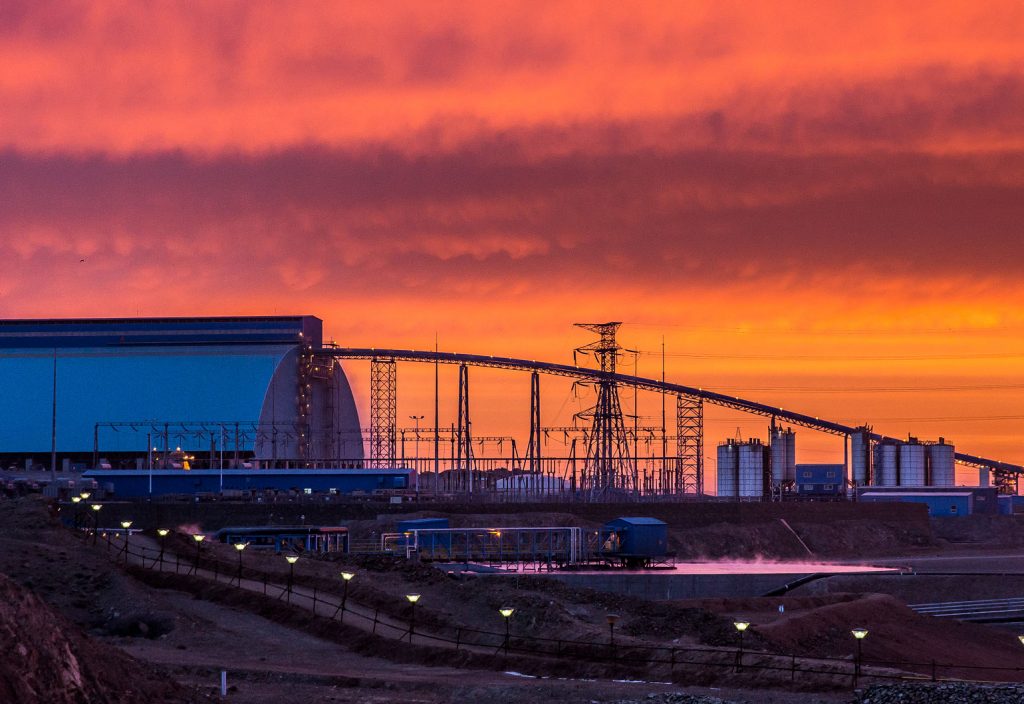New sensors and software could greatly improve mine safety by monitoring block caving projects where miners go beneath an ore body and undercut it.
Mining projects can be dangerous jobs that are difficult to manage, and when things go wrong, the consequences can cost millions. But a new system is tackling both mine safety and productivity, which could have gains both in Australia and overseas.
The Cave Tracker has been developed by Elexon Mining in conjunction with CRC Mining, Rio Tinto and Newcrest, to enhance critical monitoring in block caving projects. This requires blasting a segment out from under the ore body, which removes the support for the rock that’s above it. As ore is removed, gravity pushes down fragments to the undercut area where it can be collected.
As miners are unable to see into the ore body, it is hard to predict ore flows and manage the mine. But the Cave Tracker system uses beacons that are installed into the ore body. These wireless beacons can then be tracked in 3D by detectors as they move through the mine as the ore is drawn to the bottom.
These detectors are installed deep around the mine and can detect signals between 160 m and 210 m away. It then collects this information via a cable to a central system where the data can be stored and analysed.
The system also works in near real time, which enables operators to analyse if material is traveling down according to plan, is moving in an accelerated fashion or whether there are areas that aren’t moving.
The system also has flow-on effects that improve safety by detecting areas that aren’t moving.
“If [the mine is] not propagating to plan and the cave stalls … it can create what’s called an air gap, which means they extract material that’s broken but no new material is flowing down from above, which creates a void,” said Elexon’s Simon Steffen.



